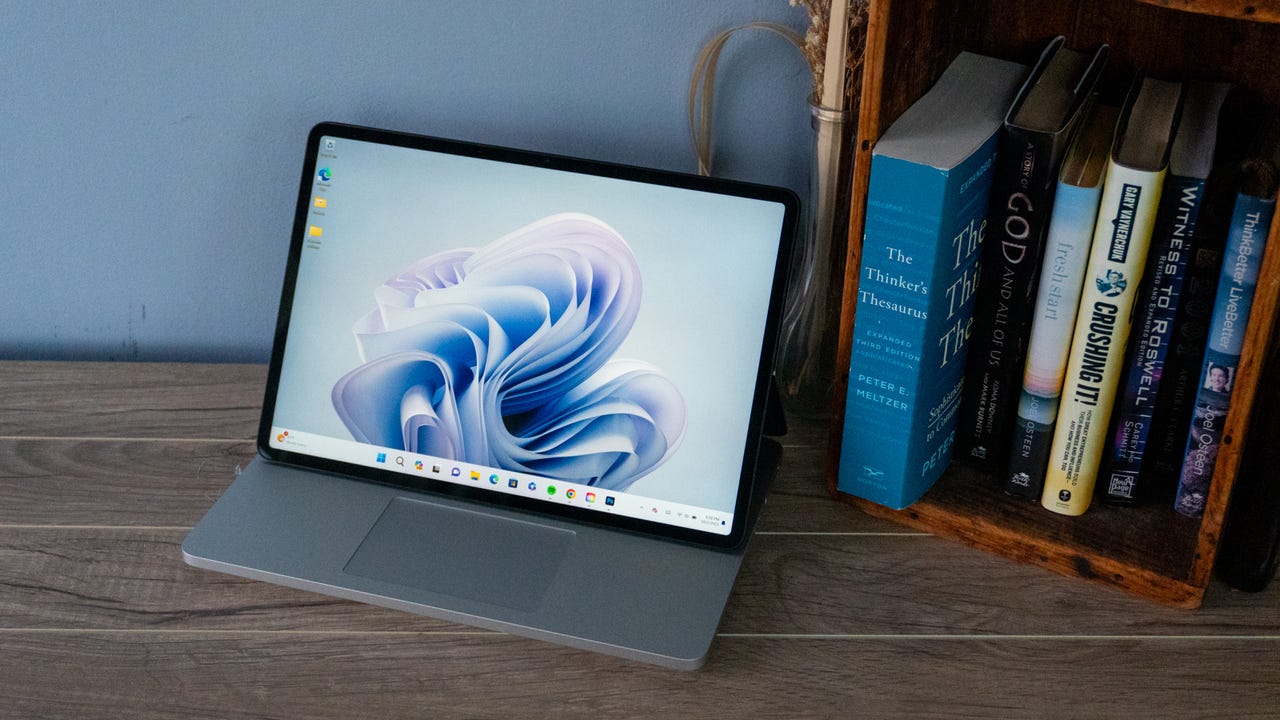
































A new intiative went into effect today compelling internet service providers (ISPs) to break down key information on their plans and associated fees in the format of the nutrition label found on food packaging.
After a lengthy battle with the Federal Communications Commission (FCC) that lasted almost eight years, broadband service providers must now compile and make transparent key metrics about their plans including speeds, data allowances, network management practices, and most importantly, recurring fees in an easy-to-understand format for consumers.
Also:This small change in the definition of broadband could have a big impact
This nutrition label format, the FCC decided, is one of the most widely recognized by consumers in terms of clarity, and conveys its purpose by design.
Having access to all this information at-a-glance certainly makes shopping for broadband internet services easier, as there has never before been one single point where consumers could find a comprehensive (and accurate) list of information on an ISP's key services and their fees up front. And certainly not in a format that allowed for easy comparisons to competitors.
The new "nutrition" labels will now be displayed to consumers at the point of sale, with key information about monthly charges, data caps, and other fees made available from the beginning, instead of being buried in mountains of promotional or legal speak.
The industry is infamous for misrepresenting connection speeds by posting optimal speeds that are theoretically possible but rarely seen by many consumers, particularly in high-demand areas.
In addition, promotional deals launched by ISPs typically offer competitive first-year monthly fees but jack up the rates after that, catching consumers off guard with little choice to opt out while in a contractual service agreement.
Also:10 ways to speed up your internet connection today
Virtually all ISPs in business across the US such as Comcast, Verizon, and Cox are subject to the FCC's directive now, despite their combined efforts to kill the effort before it became a reality. Industry trade organizations and lobbyists have been campaigning against the proposition since it was first floated, stating that it would be too costly and complicated to provide this information to consumers upfront.
But the effort is part of the Biden administration's executive order on competition promotion across markets, particularly in the telecommunications sector. The order targeted ISPs and net neutrality as well as the right to repair, with an eye kept on monitoring potential tech monopolies.
The new labels might still have some loopholes the ISPs could work around, however. The FCC order mandates that total prices are made transparent, but they don't necessarily need to be itemized. For example:
"A provider that opts to combine all of its monthly discretionary fees with its base monthly price may do so and list that total price. In that case, the provider need not separately itemize those fees in the label."
This could open the door for some wiggle room in how prices are listed out, or presented in a way that obfuscates what they're actually for.
Also: Net neutrality: What it is and why we're talking about it again
Still other consumer advocates criticize the plan for doing too little, too late, saying that service transparency is simply the bare minimum businesses should be expected to provide, pointing to other issues that pose far bigger problems. The most glaring of which is the issue of regional monopolies ISPs have over much of the United States.
Certain regions may only have two -- or even one -- available ISP, in which case there is little to no incentive to offer competitive speeds or pricing structures.
Most of the major national ISPs released nutrition labels ahead of today's official deadline, but small ISPs with fewer than 100,000 lines have until October 10 to do so.
 Etiquetas calientes:
Casa y oficina
Etiquetas calientes:
Casa y oficina